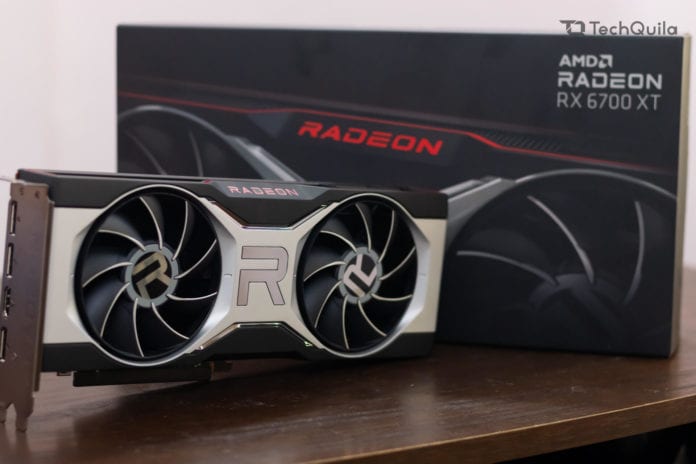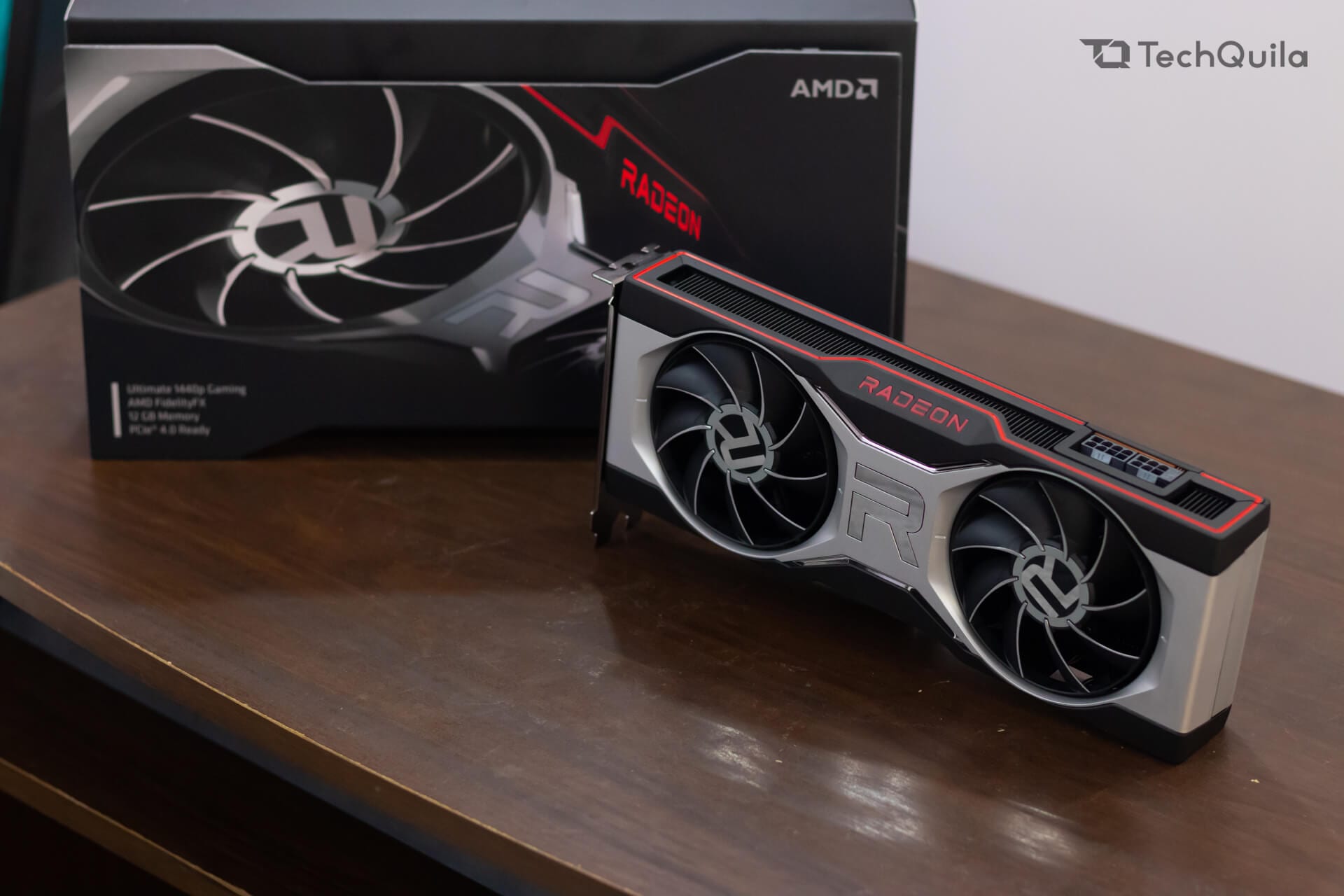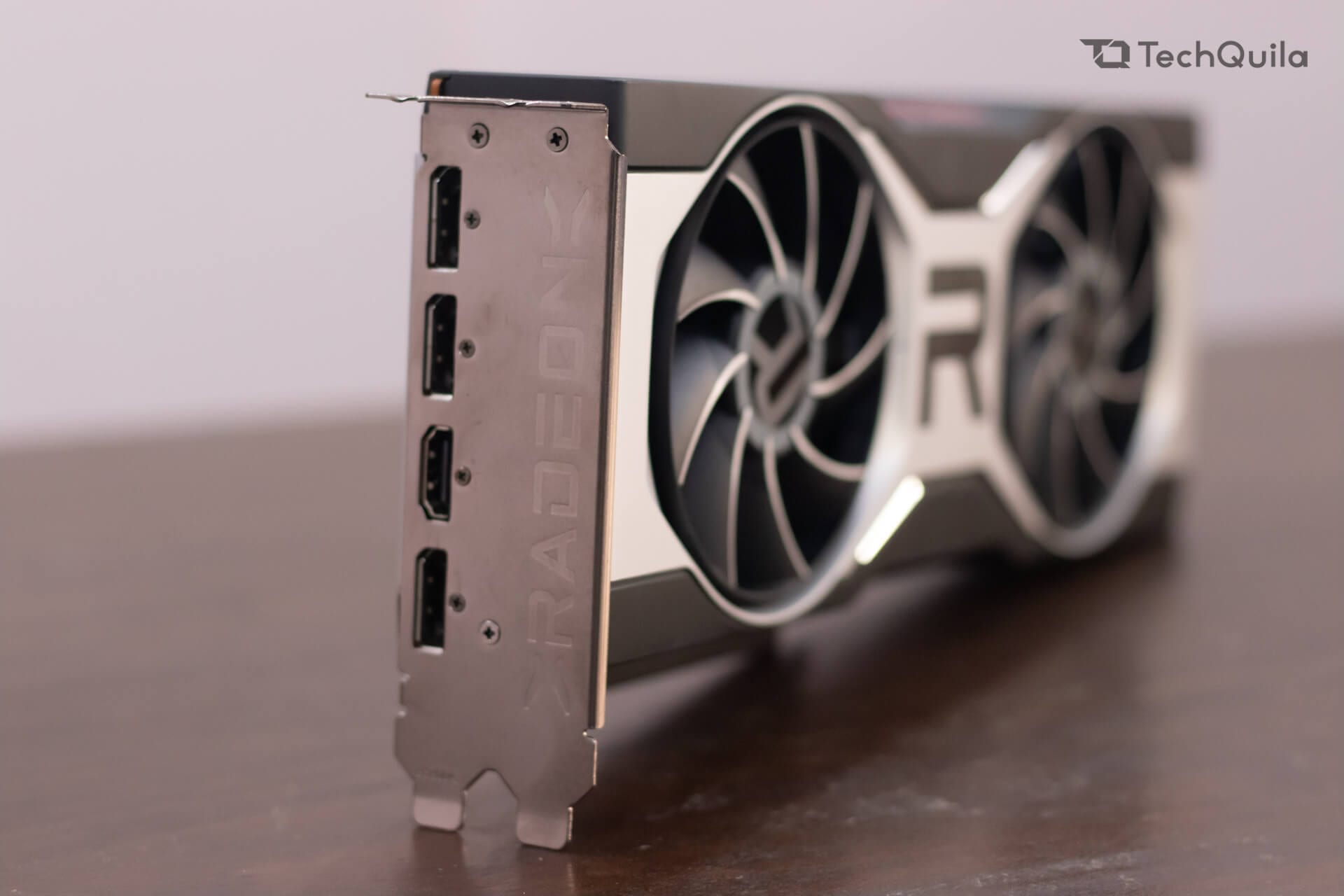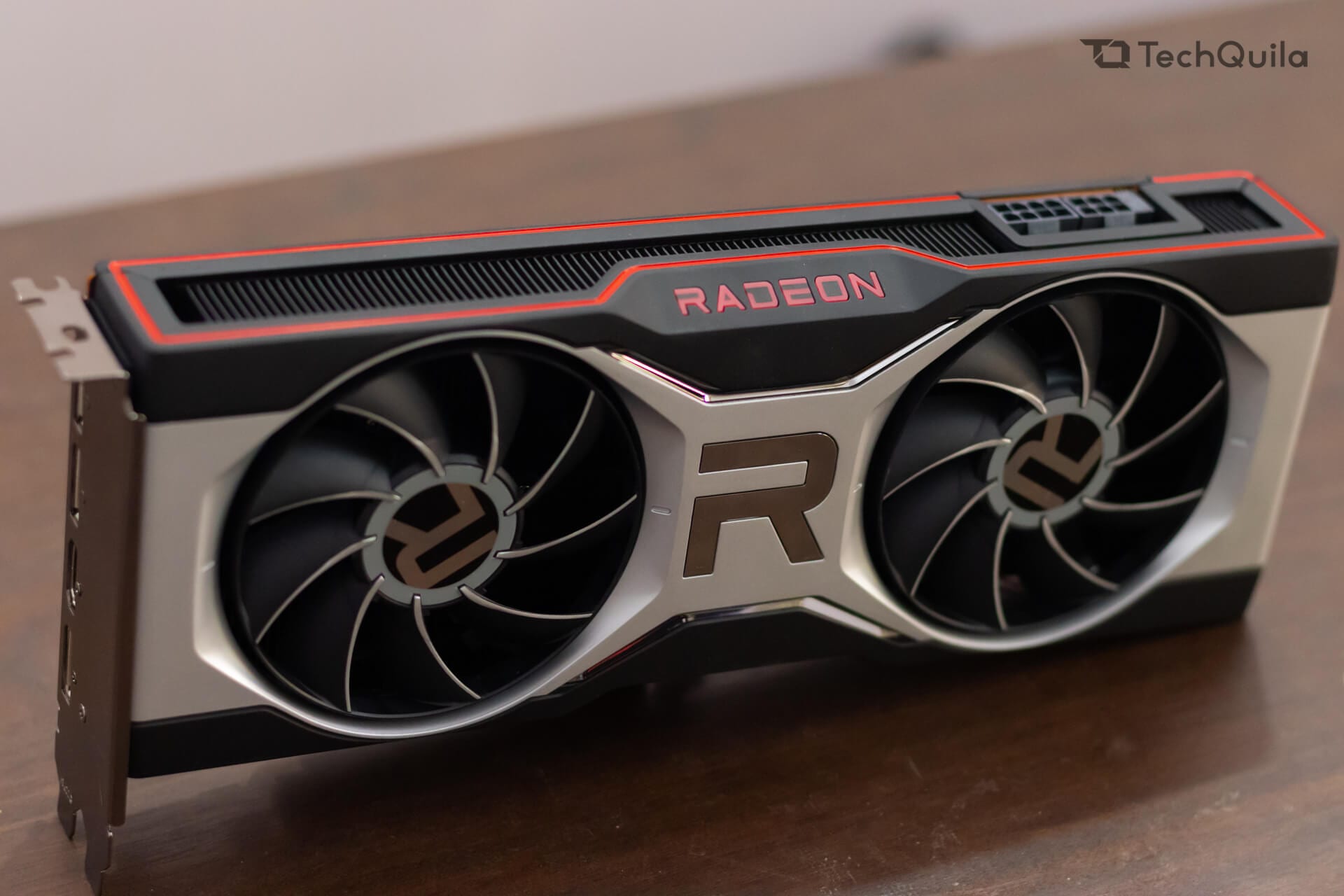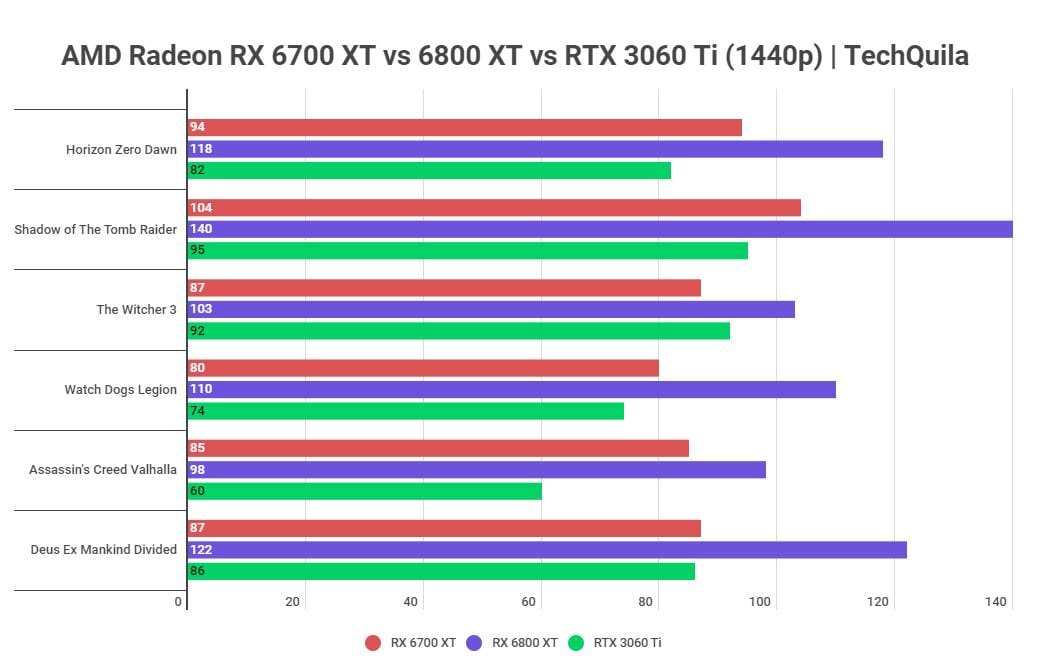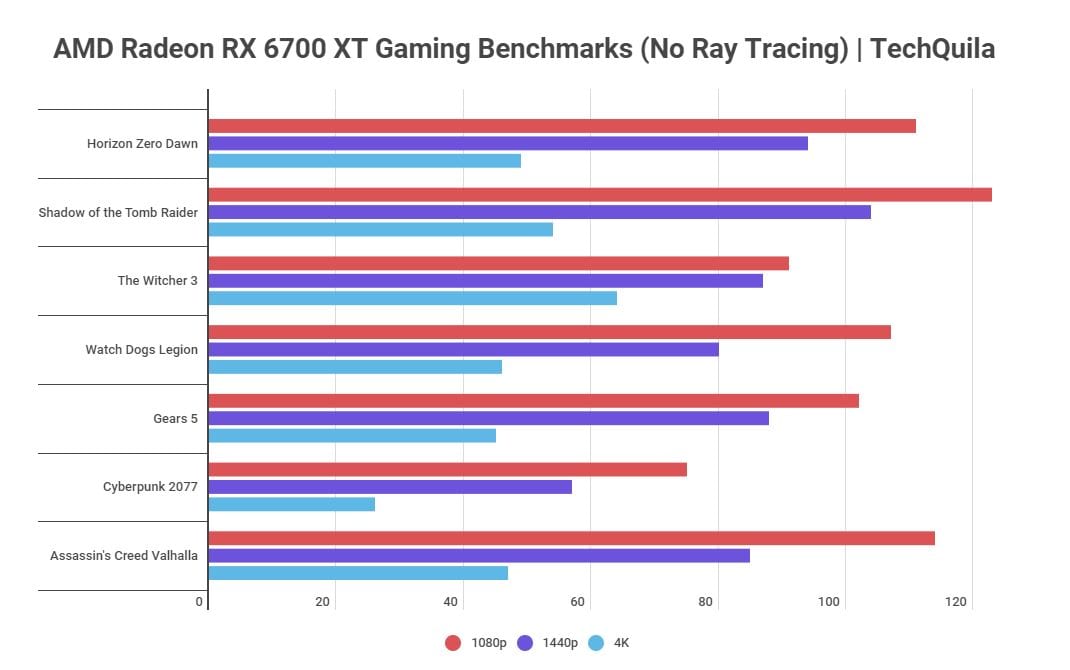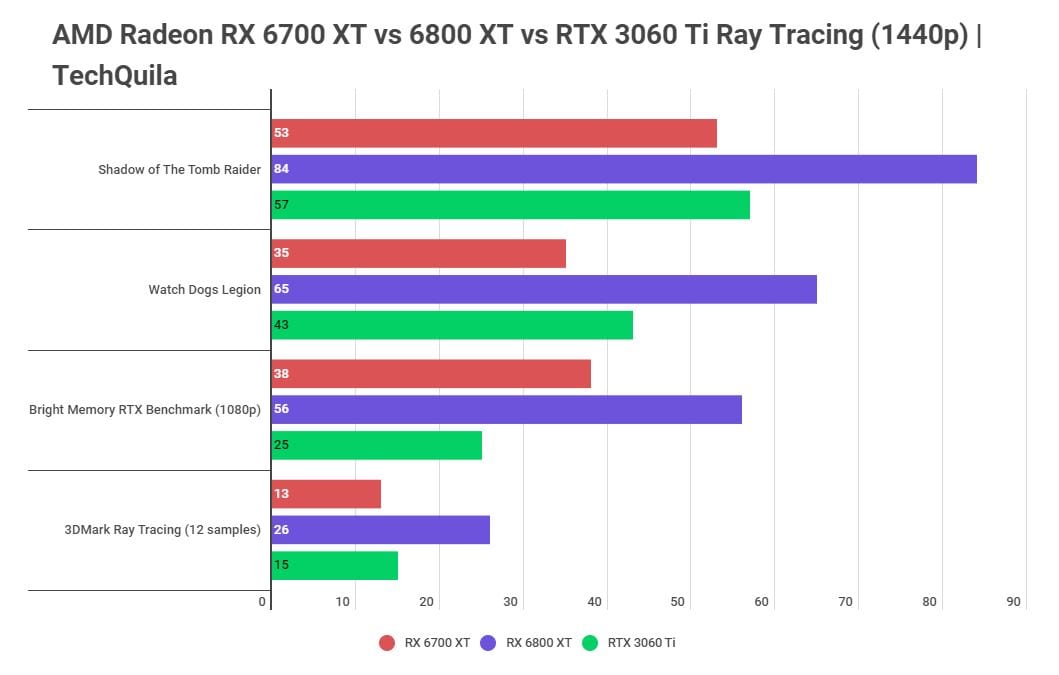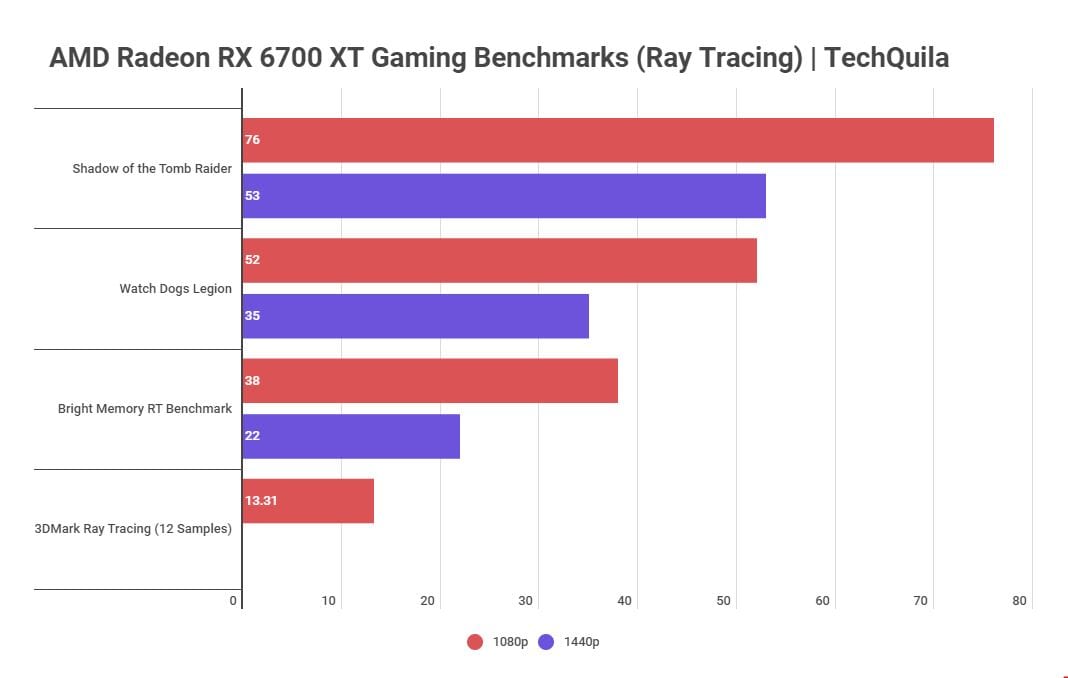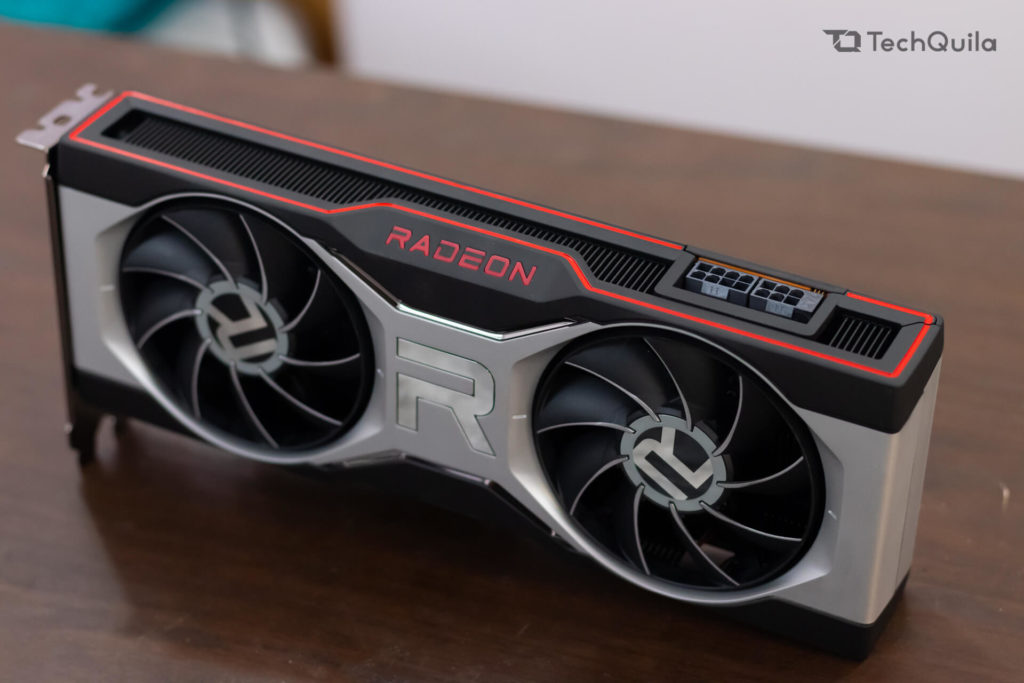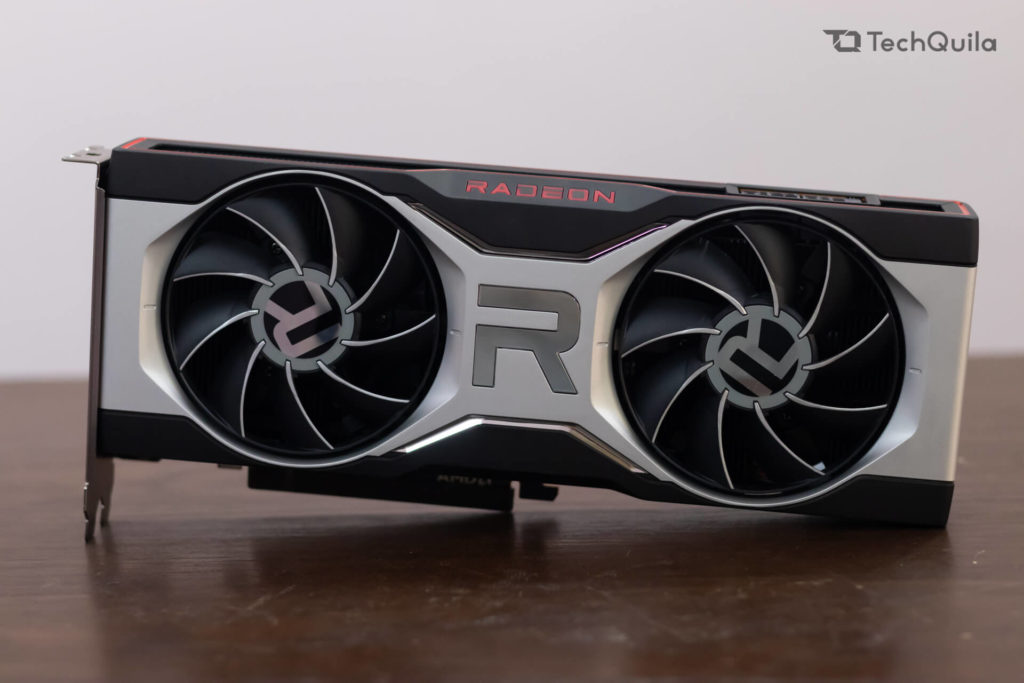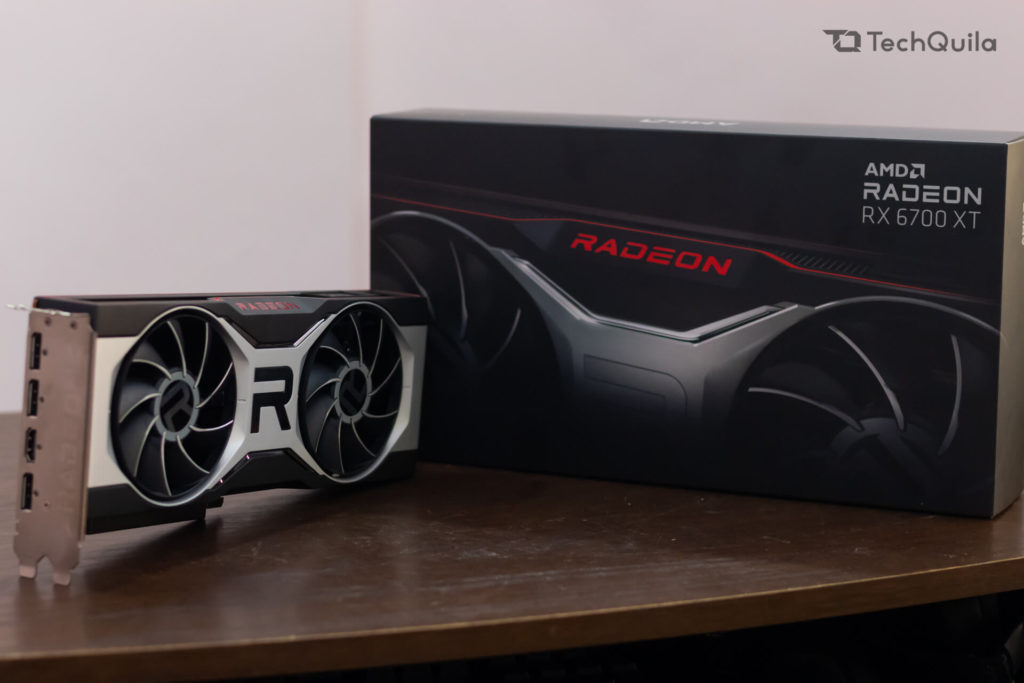To launch a graphics card in a time of global chip shortage is a bold move, and it’s one that both AMD and NVIDIA have been taking over the last few months. Today, AMD’s new Radeon RX 6700 XT launches worldwide, in both reference and OEM SKUs, aimed at 1440p gaming with a tinge of ray tracing. While the card is priced at $479, it’s kind of an open secret at this point that you’ll be hard-pressed to find it at that price across any store. This throws off the value proposition that the card brings to the table, quite unfavourably so, but I can’t make predictions about the future of supply chains or the economy.
What I can do is provide you with facts and data that won’t change despite those factors, which is the 6700 XT’s gaming performance. Speaking of that, I think the competition between AMD and NVIDIA is only starting to heat up. Note that throughout this review I’ll be referencing the prices to be what AMD and NVIDIA have told their partners, and the public to be. Taking the current global chip shortage and scalping into consideration, the prices across vendors will vary and we cannot speak for the shift in value proposition or stock inventory for the entire market (US or India).
Radeon RX 6700 XT Specs and Pricing:
| Specs | Radeon RX 6700 XT | Radeon RX 6800 XT |
| Compute Units | 40 | 72 |
| Memory | 12 GB GDDR6 | 16 GB GDDR6 |
| Memory Interface | 192-bit | 256-bit |
| Game Clock | 2424 MHz | 2015 MHz |
| Boost Clock | 2581 MHz | 2250 MHz |
| Infinity Cache | 96 MB | 128 MB |
| Price | $479/Rs. 38,990 + 18% GST | $649/ Rs.64,990 + GST |
Compared to the 6800 XT
Review Test Bench:
- CPU – AMD Ryzen 7 3700X (SAM/ Resizable BAR Enabled)
- Motherboard – ASUS X570-P
- Cooler – Deepcool Gammax L240T
- RAM- 32 GB G.Skill TridentZ RGB (3000 MHz)
- Storage – Crucial P1 500GB NVMe PCIe 3.0 M.2 SSD
Radeon RX 6700 XT Gaming Performance
Starting off with regular rasterization performance, the 6700 XT does fairly well at 1440p gaming, well above 60 FPS in intensive titles. AMD was adamant about claiming the 1440p high-refresh-rate space for itself with its marketing and they weren’t wrong to do so. The only title it lags behind is in Cyberpunk 2077, which makes sense because of the state the game is in right now. On average, the 6700 XT performs 8% better than NVIDIA’s RTX 3060 Ti, while lagging behind RX 6800 XT by 25%, all at 1440p.
When ray tracing is turned on, however, the tables start turning. While it’s fairly impressive what team red has accomplished with its first generation of ray tracing hardware, it’s still far from what PC gamers would be comfortable at. With the same RDNA 2 chips at the heart of the new next-gen consoles, it’s clear that AMD has a clear vision for how ray tracing needs to be implemented across titles in the coming years. While that makes sense on the console side, where developers will code natively to squeeze every last drop of performance from those machines, on PC we’re sadly stuck with good old brute-forcing. On average, the RX 6700 XT performs about the same as an RTX 3060 Ti at 1440p resolution with ray tracing. The same lags behind the RX 6800 XT by 23%.
Until and unless AMD demonstrates FidelityFX Super Resolution working well, we cannot on good conscience recommend team red cards for ray tracing. At least, not for the resolutions, they’re targeting with RT turned off. However, if you still want to be loyal to the company, for whatever reason, you’re welcome to get an even more expensive RX 6800 XT for a comfortable RT experience at 1080p, which I don’t suspect most people will do. However, if the current rumours about FxSR being truly cross-platform across PC and consoles is true, then it may be that AMD has an ace up its sleeves, one that could (I hope) give NVIDIA’s highly impressive DLSS a run for its money. For now, though, the RX 6700 XT can only manage to run ray-tracing enabled games at subpar framerates, at 1080p.
Radeon RX 6700 XT Synthetic Benchmark Performance
Alright, moving on to synthetic benchmarks with the 3DMark suite, we saw impressive numbers which taken on their own are strong enough. On average, the 6700 XT lags behind its bigger brother (6800 XT) by a sizeable 41%, while scoring 25% higher than the RTX 3060 Ti.
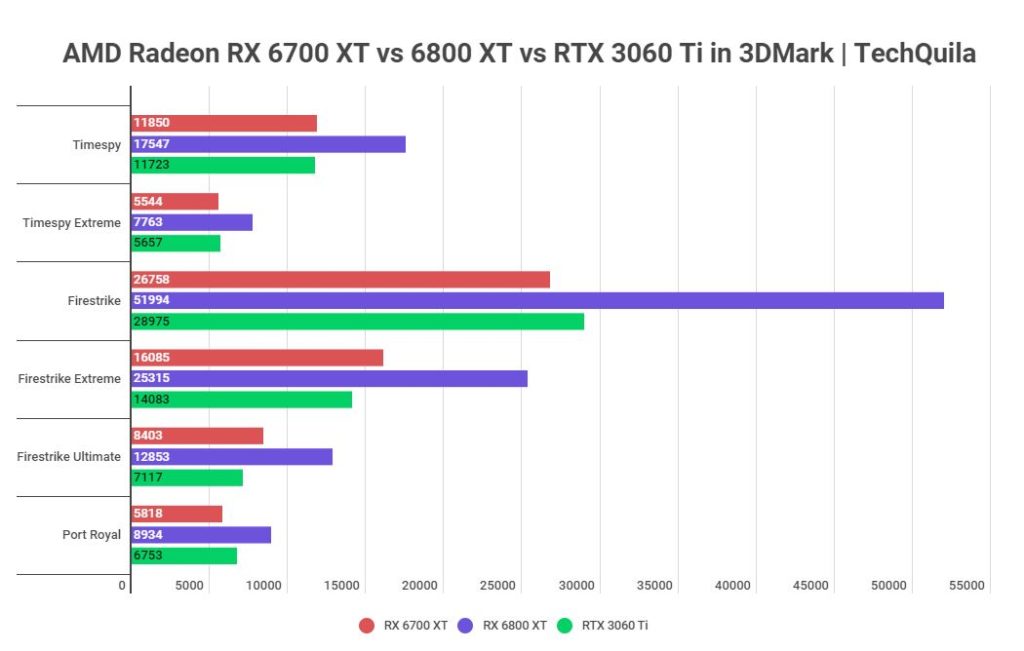
Here’s what we got in Geekbench with both OpenCL and Vulkan compute benchmarks:
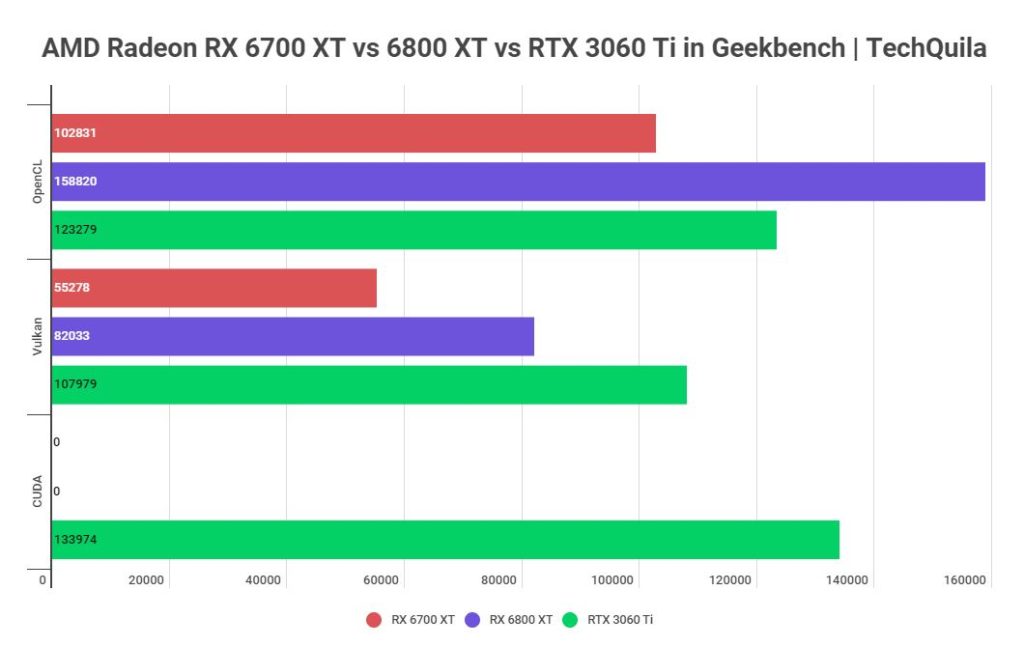
Verdict
The Radeon RX 6700 XT is a strong player at 1440p gaming, but its higher price, lack of DLSS alternative, worse video encoder and of course lack of features like NVIDIA Broadcast lower its value proposition with something like the RTX 3060 Ti available in the market (under ideal circumstances) and costing about 16% less in the US. In India, the price difference is hilariously higher, which makes the case for the RTX 3060 Ti even better. Its bigger brother, the RX 6800 XT costs 26% more (USD) for almost a 1:1 performance advantage factoring in increased cost, but at its India price, it’s not even worth discussing.
If you would like to read more about the extra gaming-specific features that AMD does have on its side, then make sure to read our RX 6800 XT review where we tested (and praised) the suite of FidelityFX features. I should also note that the 6700 XT is perhaps the fastest card out of the entire RDNA 2 lineup yet, with Geekbench reporting a blazing fast 2.85 GHz top speed with its core clocks.
For what its worth, the 6700 XT is a good card, but it can be better if AMD delivers on its promise of bringing FxSR sooner rather than later.


